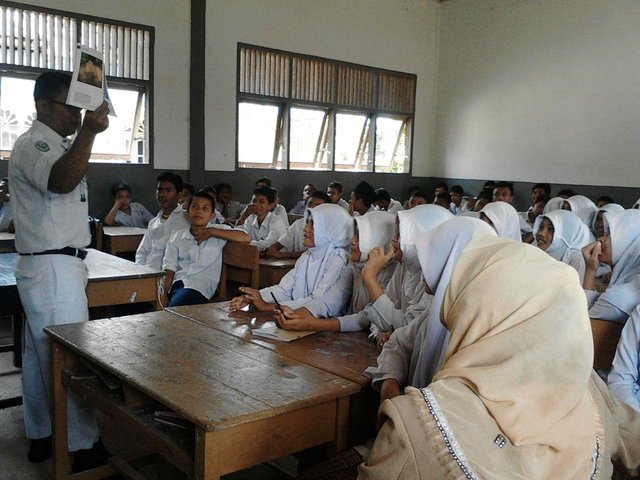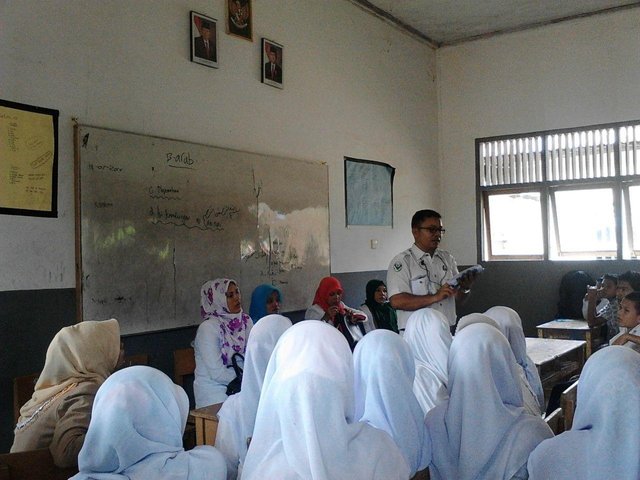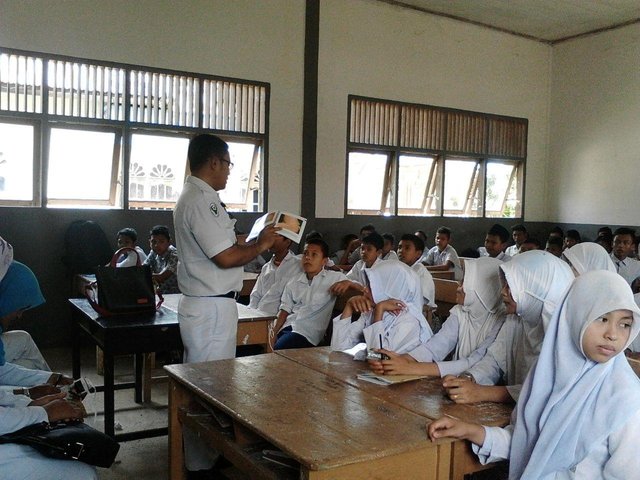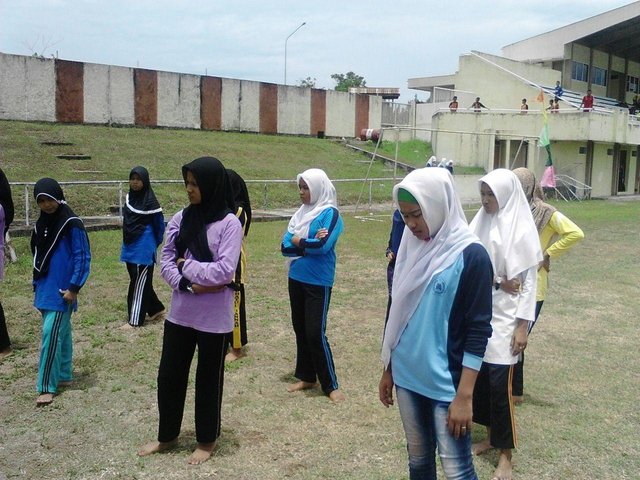Socialization of Healthy Living for Secondary School at MTsS Hidayatullah Blang Mangat
Our school committee invites medical personnel to cooperate in educating the nation through education. Education and health are the mainstays of quality life. education provides a positive impact to the learner and health is the life support that must be owned by each of our learners.

We work closely with the nearest hospitals to provide the best lessons for our students about how important health is in life. the main material presented is adolescent reproductive health. the school believes the material will provide many benefits to them, let alone directly exposed by health experts. this is a contextual learning directly embodied by the expert team. here's a little description that the authors summarize:

The success of bearti can produce healthy children who grow and develop. Security means that all reproductive processes including sex, pregnancy, labor, contraception, and abortion should not be a dangerous activity.
According to WHO reproductive health is a complete physical, mental and social well-being not only free from disease or disability in all aspects related to the reproductive system, its functions and processes.



wakakakakakk
thank you
you are so funny
@hubbi got you a $1.38 @minnowbooster upgoat, nice! (Image: pixabay.com)
Want a boost? Click here to read more!
Congratulations @hubbi! You have completed some achievement on Steemit and have been rewarded with new badge(s) :
Click on any badge to view your own Board of Honor on SteemitBoard.
For more information about SteemitBoard, click here
If you no longer want to receive notifications, reply to this comment with the word
STOP